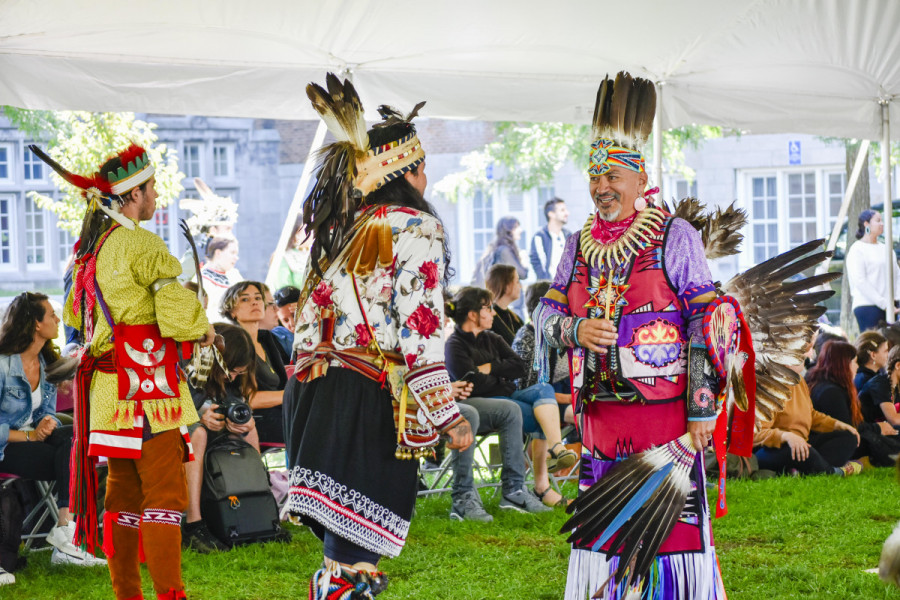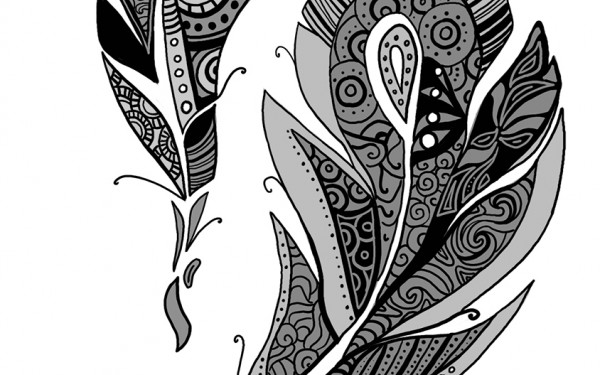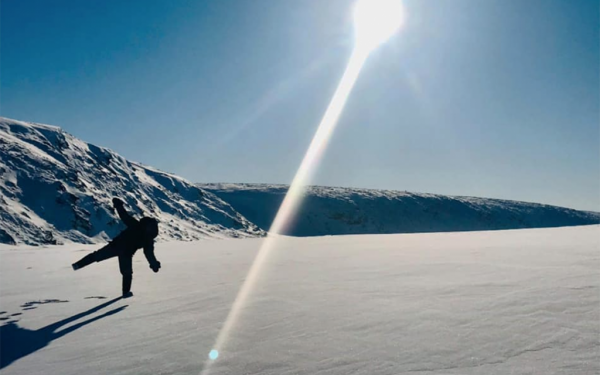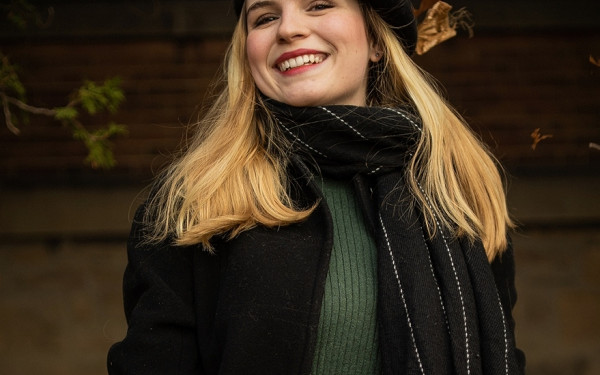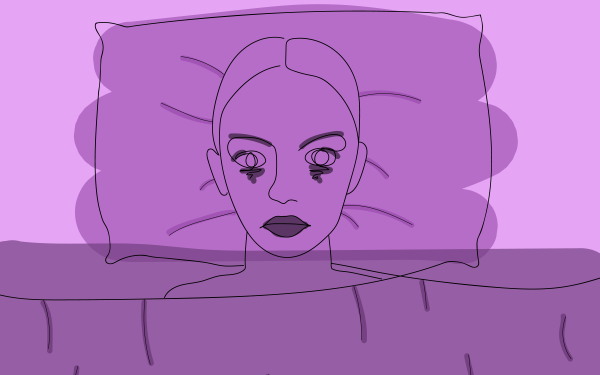Second-ever powwow held at Loyola campus
Indigenous artists and performers celebrate at Otsenhákta Student Centre-led event
On Sept. 15, the Otsenhákta Student Centre hosted its second annual powwow. The event was hosted at the Loyola Campus, where a crowd encircled Indigenous performers.
Sheltered under a large tent in the middle of the Quad, Concordia students and other participants huddled together to hear the leading speaker.
The event began with a flag song where the sound of drums and singing drowned out the distant sound of daily life on campus. The song was followed up by a heartfelt opening prayer by guest speaker Leanord Bordeau, who introduced himself shortly in English and then gave the full prayer in Kanien'kèha.
After the prayer, people watched as children danced with big smiles on their faces. The traditional men’s dance came next, followed by the traditional women’s dance.
One of the dancers in attendance was Jean Stevenson. She and her husband, Delbert Joseph Sampson, donned regalia while they performed for the crowd, both together and separately.
Stevenson has performed in powwows for over twenty years. To her, dancing has been a way of connecting spiritually with nature, ancestors and her people’s traditions.
“We dance for those who can no longer dance themselves,” said Stevenson.
On the outskirts of the tent could be found a variety of kiosks and tables where Indigenous artists displayed and sold handmade products. Amongst the goods were printed shirts, canvas paintings and hand-crafted jewellery.
Amanda Ibarra, an artist and small business owner of Chilean and Kanien'kèha:ka descent, attended last year’s powwow and was happy to come back and sell her beaded jewellery and accessories again this year.
For Ibarra, the beads represented her life and she explained how people often used these crafts to express themselves and show their culture, personal style and cultural traditions.
“It was just something that I picked up, and once I started it became an obsession,” Ibarra said. Her style tends to lean less toward traditional beading and instead is a culmination of what inspires her. “Other people may use a variety of different practices and materials—like some use bone and porcupine needles—but it all depends on the person and their connection to beading, and what it means to them.”
Among the tables stood one kiosk belonging to the Indigenous Futures Research Centre (IFRC) of Concordia University, an Indigenous-led research group The group is run by and works with Indigenous communities, that addresses community research, needs and priorities. Sat around the kiosk were four volunteers and members of the IFRC, one of them including Kaylee Lightning, a second-year student at Concordia University from the Samson Cree Nation.
“I feel a bit of joy and a bit of anxiety,” she said. “It’s my first powwow here so it’s all just really exciting. [...] Even though we’re all from different nations, I still feel connected and at home. Like, these are my people!”
The powwow ended with an inter-tribal dance, inviting everyone—Indigenous and non-Indigenous alike—to dance alongside the performers, with accompanying drums and throat singing to celebrate a successful celebration, with the promise of returning next year.

